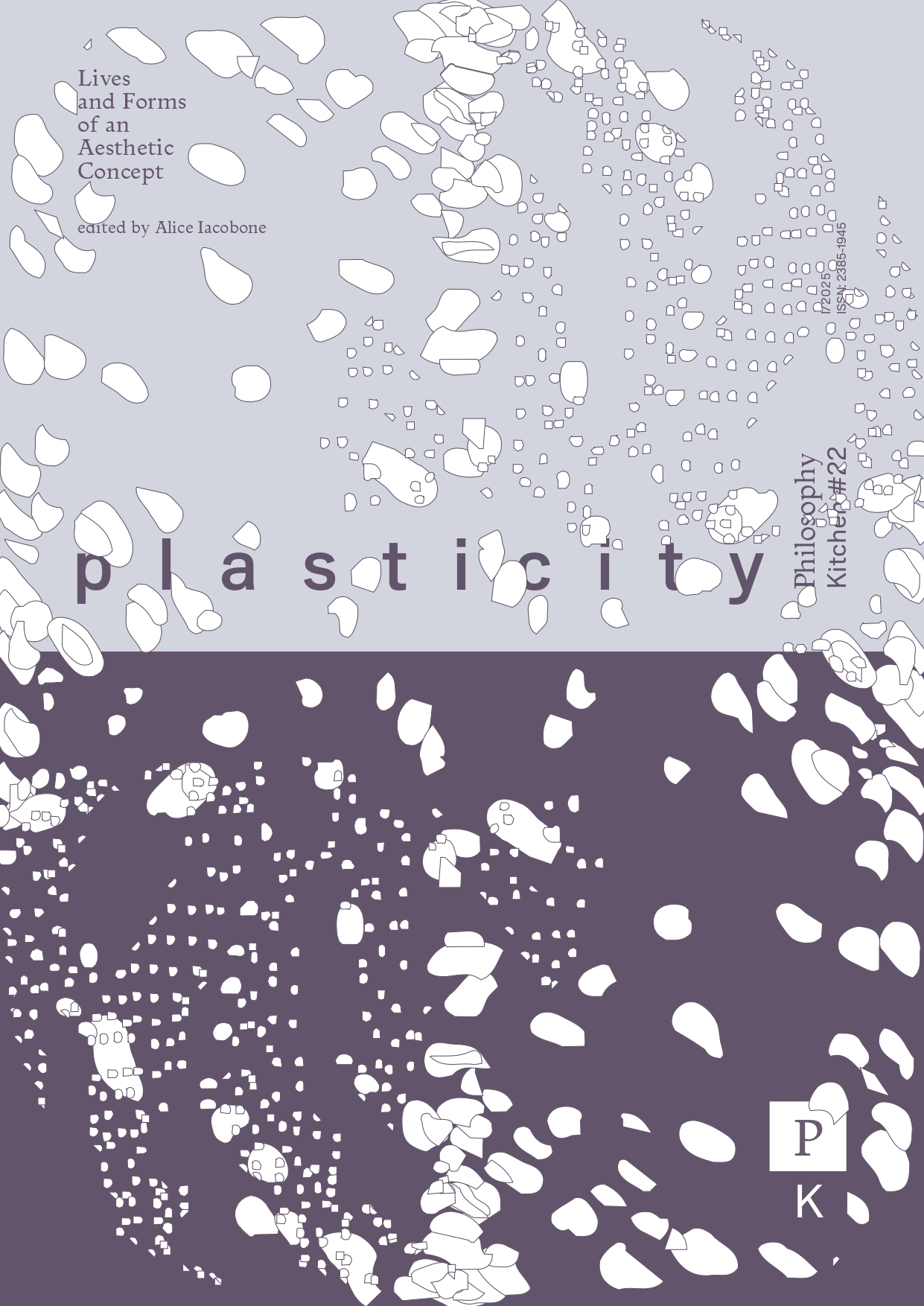Plasticità in arte ed estesia. Considerazioni morfodinamiche in semiotica
DOI:
https://doi.org/10.13135/2385-1945/12031Abstract
The article will address plasticity in art through semiotic observations on aesthesia and the emergence of meaning in aesthetics. After briefly retracing some of the meanings that the notion of plasticity has taken on in art theory over the centuries, the correlation between plasticity and aesthetics will be examined in relation to the phenomenality of the work and the dynamics involved in the formation of form. From the point of view of creation, the paintings of Margaret Watts Hughes, dating from the end of the nineteenth century, will offer the cue to observe how morphology was conceived as shaped by body and voice, and can therefore be experienced by the observer as substantially incorporating the dynamics of the act of creation. The focus will then shift to the aesthetic apprehension of the work, and the importance of the semio-perceptual act in the inescapable process of co-definition of form. With reference to the thoughts on the semiogenesis of meaning elaborated by Jean Petitot and René Thom, the rereading of the latter’s essays on art, in particular contemporary art, will lead us to reflect on a morphodynamic understanding of sense, in which aesthesia – or sensitive apprehension – does not stabilise but, as in the homoclinic points mentioned by Thom in mathematics, oscillates and vibrates, evading the possible channelling of the sense.






